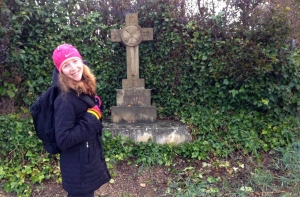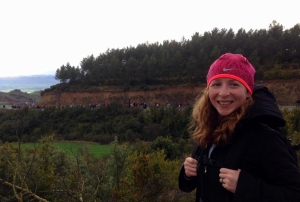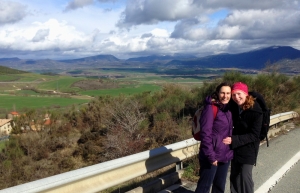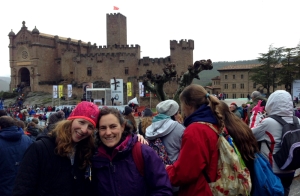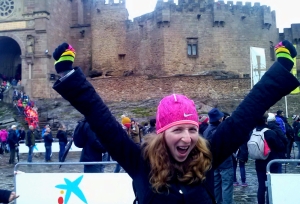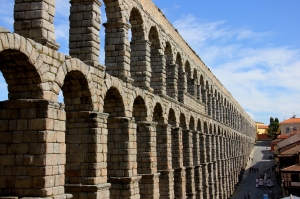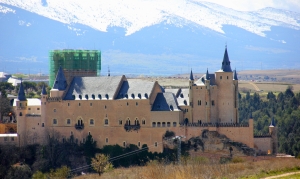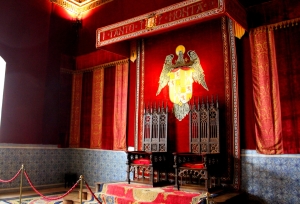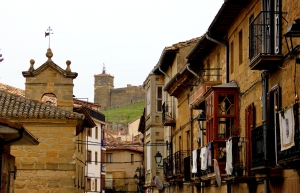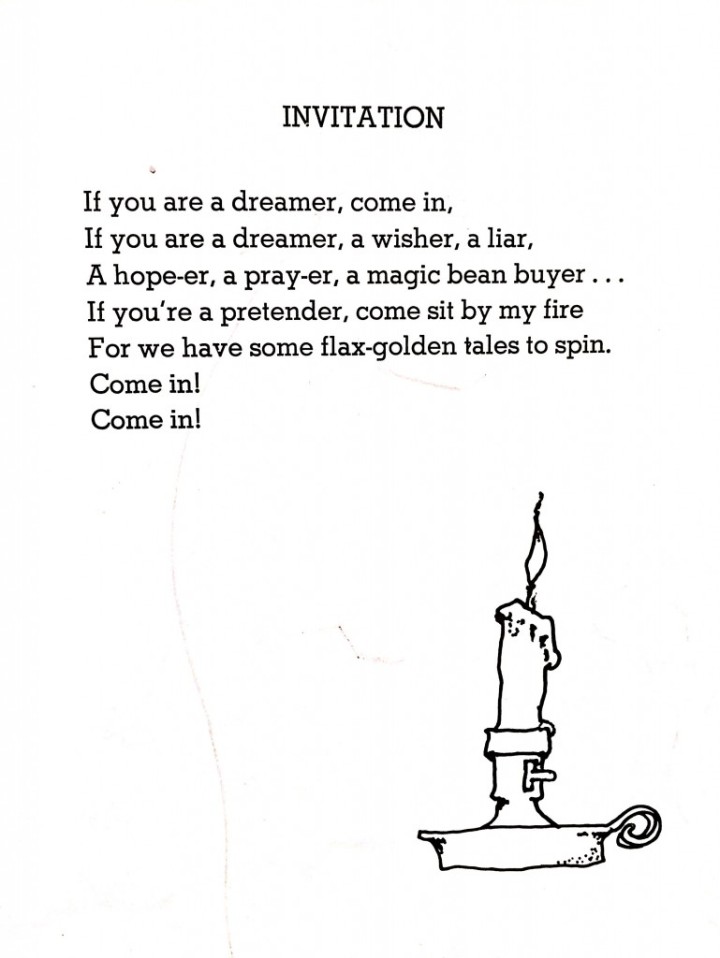I have now been fortunate enough to have traveled extensively around European cities, as well as living in one. I began to notice a trend that few (if any) American cities can boast. It all goes back to history. Sure, New York, Philadelphia, and Boston all have their Colonial neighborhoods out from which the modern-day limits extended. But they just don’t have the same gravitas that their European counterparts do.
Want to know why? Well, I’ll tell you… The Dark Ages!
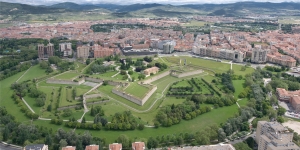
From Nuremberg to Prague and Vienna to Carcassonne, aw hell I can’t stop there: Buda and Pest, Florence, Dublin, Zurich, Istanbul, St. Petersburg, Madrid, a bunch in the UK, and the obvious two Athens and Rome (in fact, here’s the entire LIST), European cities needed fortified defensive walls built to protect their citizens since – you guessed it – the Roman Empire. In the medieval times and the Renaissance, nations weren’t as static as they are today. Borders weren’t controlled by armed guards, security checkpoints, and people didn’t have passports (most of the commoners couldn’t even read and write).
These walls not only were built to keep aggressors out, but also to keep people in as a means of population control. The nobles who ran the city would never have even fathomed the idea or had the means to keep tabs on all the rural villages in the surrounding countryside, but they were able to monitor who came in and out of each city gate through the use of a highly automated, state-of-the-art system (for its day): a couple of guards and a big, heavy f’ing door.
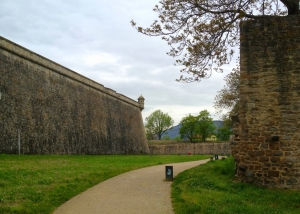
My current home, the Spanish city of Pamplona in the northern region of Navarre, has an almost complete defensive fortification around the city center that borders the Ciudadela on its southern edge. In the past few hundred years, the star-shaped citadel has been transformed into a park with some garden sculptures and an art gallery (it’s also where Jen and I go running a few times a week).
It’s obvious to me where the city walls can be found even before I stumble across them. Each city changes in a distinct way between the inner and outer sections. The external neighborhoods would be familiar to most of you: wide, straight, paved streets that intersect at mostly 90 degree angles, lined with tall buildings (mostly apartments and offices). However, the charm of Europe’s oldest settlements can be found within.
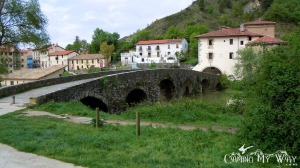
Narrow, twisting streets that zigzag all over, and criss-cross at awkward angles (many times even with an odd number of roads) cover the majority of these medieval neighborhoods. Buildings only three or four stories high, lean across above you as you stroll through time (and in a few cases, the roofs of those buildings have come together to form an arch that even protects you from the elements).
In Spain as well as other countries, the narrow streets open up to become squares (plazas or piazzas), where tourists and locals relax along a sidewalk cafe sipping espresso, wine, or ale. The term ‘charming’ doesn’t even begin to describe it all (even Audrey Hepburn films don’t do it justice).
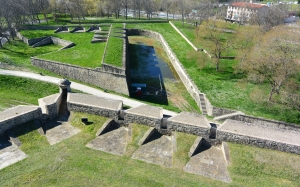
And all in all, these enclosed time machines might just be this traveler’s favorite part of Europe. Whenever life gifts you with the chance, you should come relax – even if only for a short while.
Hasta La Proxima…
-Justin
